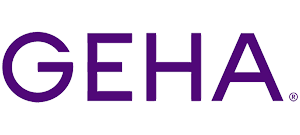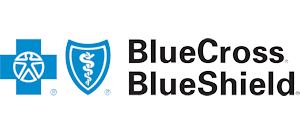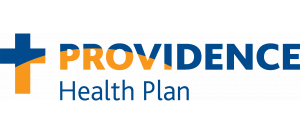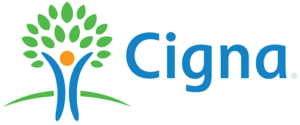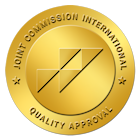One moment, your loved one is in a normal mood. After leaving the room and returning, he or she is suddenly hyperactive, on top of the world, and almost euphoric. He or she has boundless energy and confidence that nevertheless seem to taper off after a short while. Could these be signs of cocaine use?
What a Person High on Cocaine Looks and Acts Like
Signs of cocaine use include a diminished appetite for food but almost limitless energy. There’s an air of excitement around the person as well as an aura of confidence. He or she may babble and feverishly mention business schemes or creative ideas. There’s a difference between this behavior and the person’s everyday actions.
On the physical symptom side, you may notice dilated pupils, which signal the use of a mind-altering drug. Remnants of white powder around the nostrils may indicate snorting of the substance. A runny or bloody nose would confirm this assumption. If your loved one injects cocaine, look for track marks on his or her arms.
People who smoke crack cocaine typically have burn marks around their lips and fingertips. They may start to exhibit a rasping cough that can mimic a smoker’s wheeze. But no matter what method of drug delivery your loved one favors, the crash is almost universally the same. Suddenly the good mood departs, and the person feels exhausted and experiences serious mood swings that may include deep depression or irritability.
Understanding the Signs of Cocaine Use
Cocaine affects the dopamine levels in the brain. However, the drug does more than just create a temporary overload of the neurotransmitter. It re-writes the brain chemistry to prevent the release of dopamine unless its chemicals trigger the process. As a result, the user needs to keep taking additional doses of cocaine to maintain constant or elevated dopamine levels.
You’ll notice that your loved one’s shift from ho-hum to euphoric happens more frequently. This simply denotes the process of the addiction and an increasing use of the drug. The intense cravings and the need for higher doses result in exhaustion, agitation, and a never-ending need for money.
Healing from an Addiction to Cocaine
Employing a one-size-fits-all approach to cocaine addiction rehab is impossible. Every program participant’s needs are different. Some respond well to a residential treatment setting while others do better with partial hospitalization. Modalities vary, too, depending on the needs a qualified intake counselor identifies.
Examples include:
- Cognitive behavioral or dialectical behavioral therapies that emphasize awareness of feelings, thoughts, and behaviors
- Family therapy for the mending of relationships that drug use may have separated
- Extended care programs that ensure your loved one has sufficient time to get well
- Trauma treatment that helps to uncover past situations without resolution, which affect current decisions and behaviors
- Mindfulness and meditation therapy as a means of grounding oneself and gaining perspective
Find out more about rehab for your loved one by calling on the friendly, knowledgeable therapists at Crestview Recovery. These experts will help you to understand the advantages of a professionally designed recovery program. Call 866.262.0531 now to begin your journey to sustainable sobriety.

















